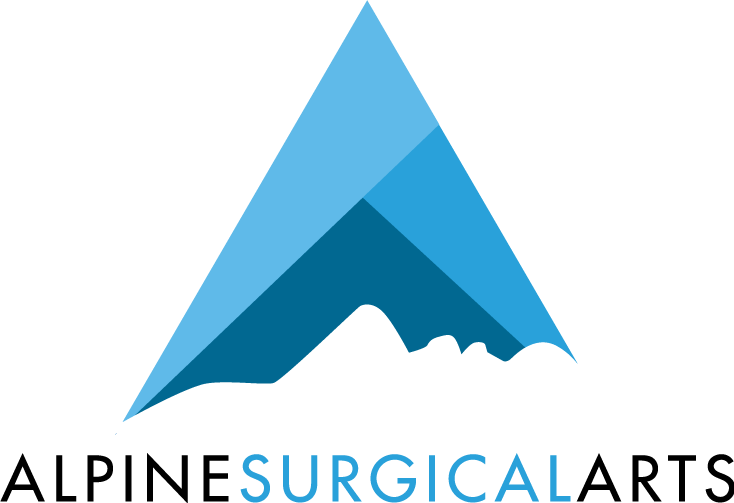Facelift, Platysmaplasty, and Upper Blepharoplasty
A facelift can improve the most visible signs of aging by removing excess fat, tightening the underlying muscles, and then redraping the skin of your face and neck. A facelift can be done alone, or with other procedures such as a forehead lift, eyelid surgery, or nose reshaping. Most patients are in their forties to sixties, but facelifts can be done on people in their seventies or eighties, too.
Where will my facelift surgery be done and how long does it take?
The surgery can be done in the office or hospital depending on the patient's desires or health. It will take several hours and longer if you're having other procedures done at the same time. The location of incisions and the surgeon's technique depends on your facial structure, your skin condition and your goals.
S-Lift
How is the facelift surgery done?
The actual surgery involves separating the skin from the fat and muscle below. Fat may be trimmed or suctioned from around the neck and chin to improve the contour. The surgeon then tightens an underlying layer of tissue just above the muscle, pulls the skin back, and removes any excess skin. Stitches are put in to secure the layers of tissue and close the incisions.
Following surgery, a small, thin tube may be temporarily placed under the skin behind your ear to drain any blood that might collect there. The surgeon may also wrap your head loosely in bandages to minimize bruising and swelling.
What are the risks of facelift surgery?
When a facelift is performed by a qualified surgeon, complications are infrequent and usually minor. Still, individuals vary greatly in their anatomy, their physical reactions, and their healing abilities, and the outcome is never completely predictable.
Complications that can occur include hematoma (a collection of blood under the skin that must be removed by the surgeon), injury to the nerves that control facial muscles (usually temporary), infection, and reactions to the anesthesia. Poor healing of the skin is most likely to affect smokers. You can reduce your risks by closely following your surgeon's advice both before and after surgery.
How should I prepare for my facelift surgery?
In your initial consultation, Dr. Bailey or Haghighi will ask you what your goals are and discuss the possibilities with you. Dr. Bailey or Haghighi can show you, using computer imaging technology, a reasonable approximation of what you'll look like after your surgery. You should also look at before and after photographs and speak with previous patients (ask Dr. Bailey or Haghighi for referrals to previous patients and where to contact them).
Dr. Bailey or Haghighi will give you specific instructions on how to prepare for your surgery, including guidelines on physical activity, eating and drinking, smoking, and taking or avoiding certain vitamins and medications. Carefully following these instructions will help your surgery go more smoothly. In addition, it is important that you let Dr. Bailey or Haghighi know about any allergies and serious medical conditions you may have. And be sure you let him know about any medications you're taking. If you smoke, it's especially important to stop at least one month before and after surgery.
Here are some questions you should ask:
Are my expectations realistic?
What kind of anesthesia will be used during the surgery?
How much does the procedure cost and what other elements factor into that cost (i.e., hospital fee, anesthesia, etc)?
What percentage of patients experience complications with this procedure?
What is the policy in regards to correcting or repeating the procedure if the surgery does not meet agreed upon goals?
What should I expect, post-operatively, in terms of soreness, scarring, activity level and so on?
Specifications
Medical Name: Rhytidectomy
Common Name: Facelift
Type of Anesthesia: Intravenous anesthesia
Length of Procedure: 4-5 hours
Recovery Time: 2 weeks
Discomfort Level: Mild to moderate
Procedure Location: Our Office Surgical Suite
Have questions? Set up a consultation about facelifts & S-lifts with us.



